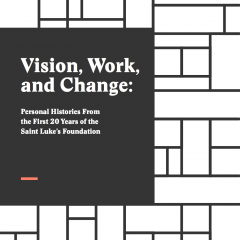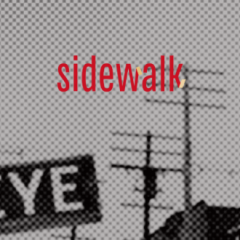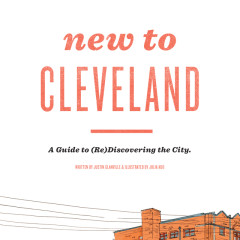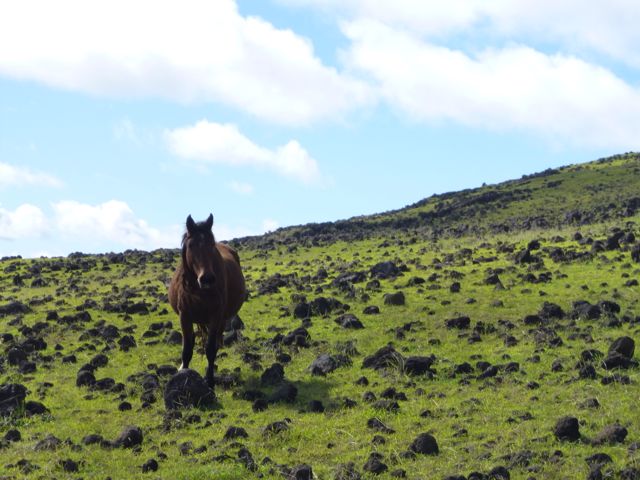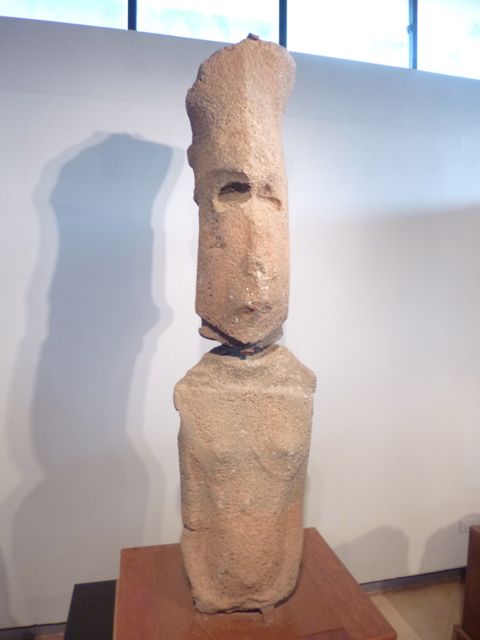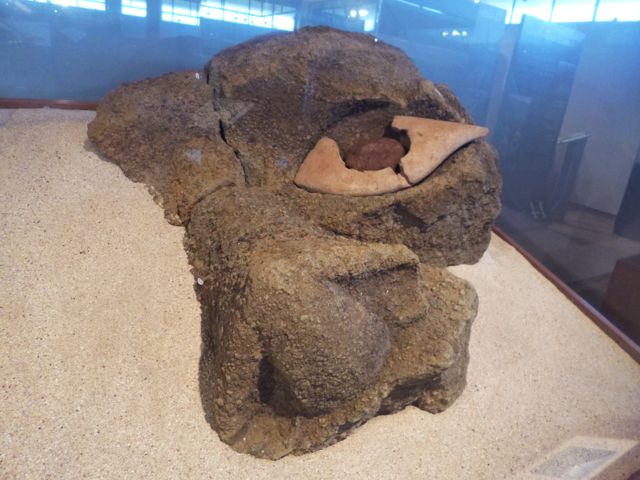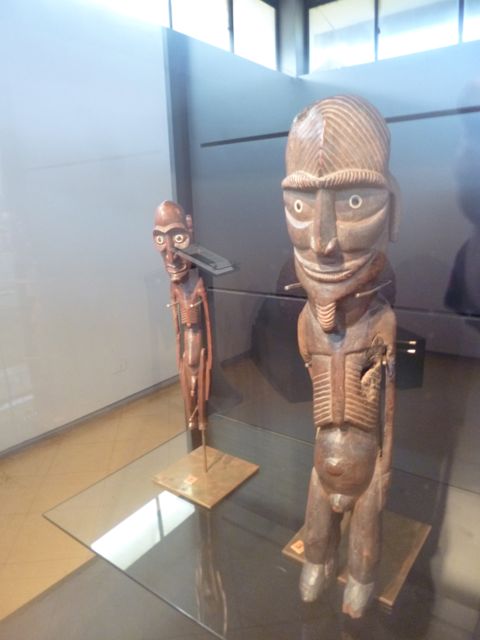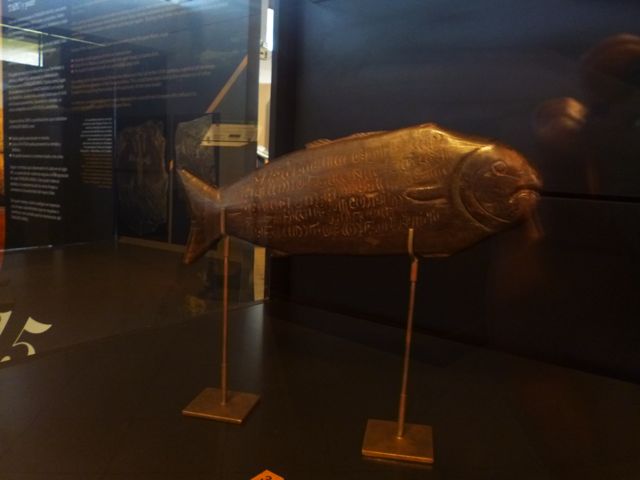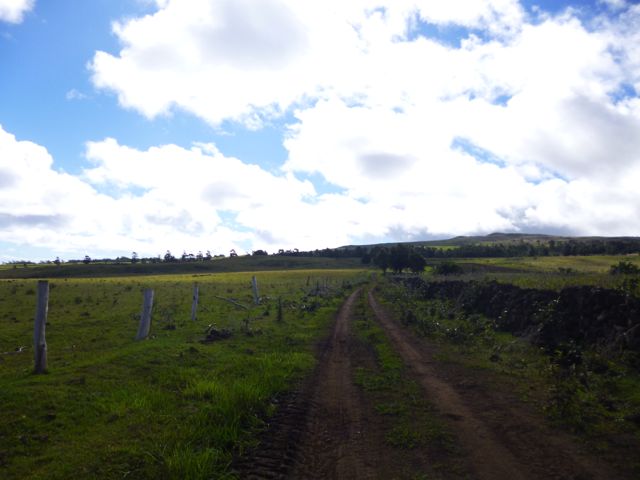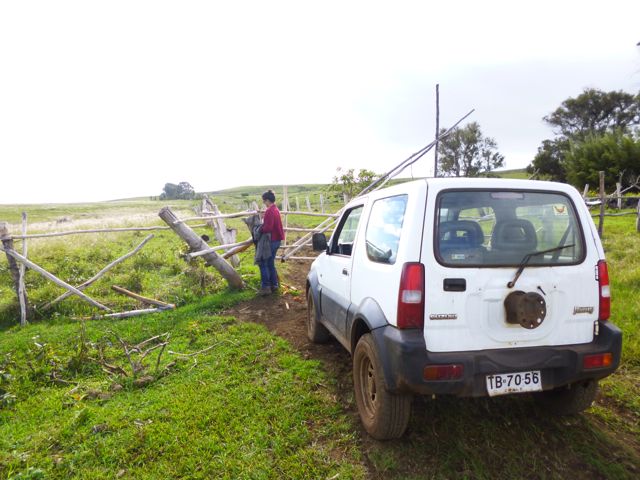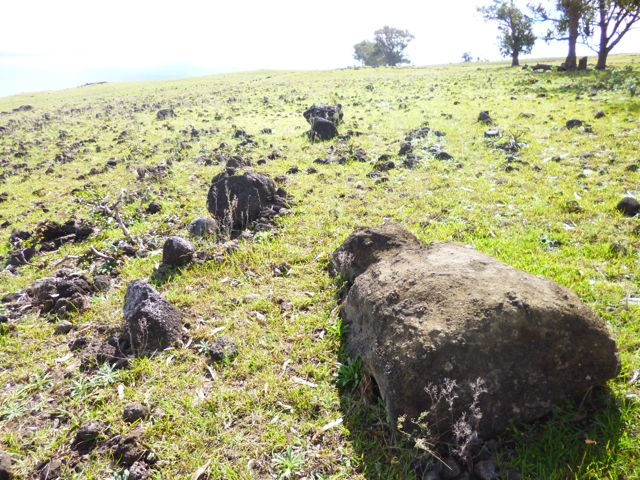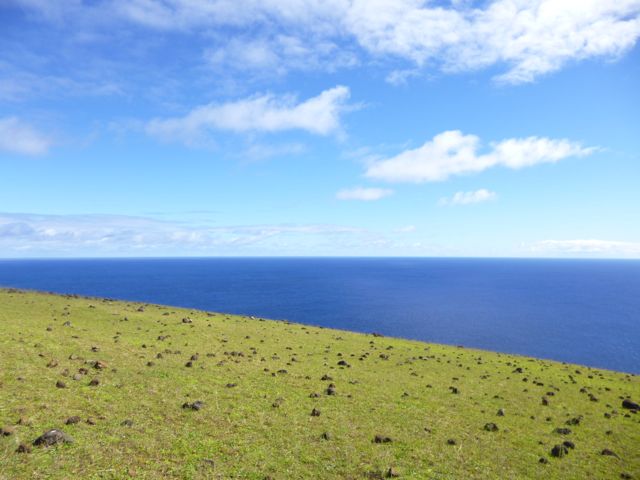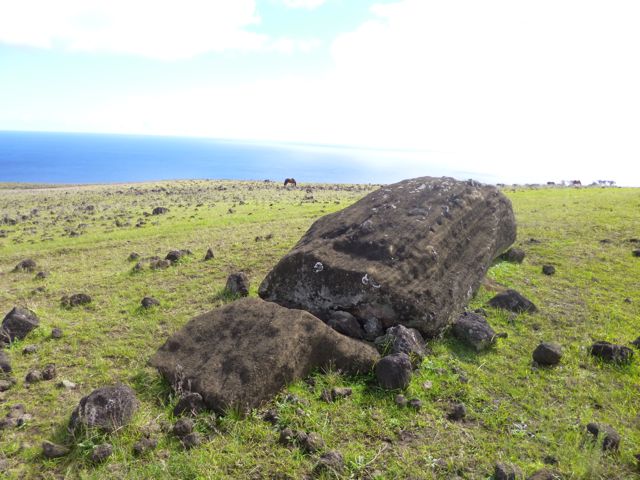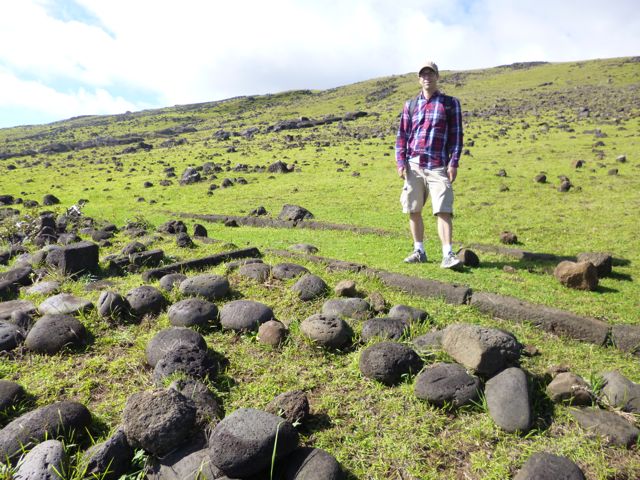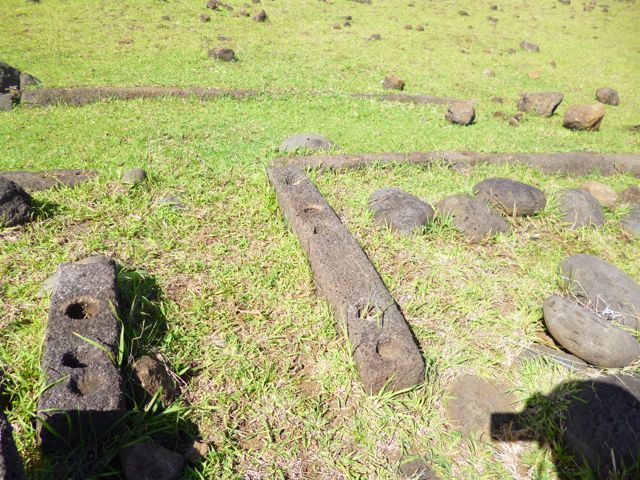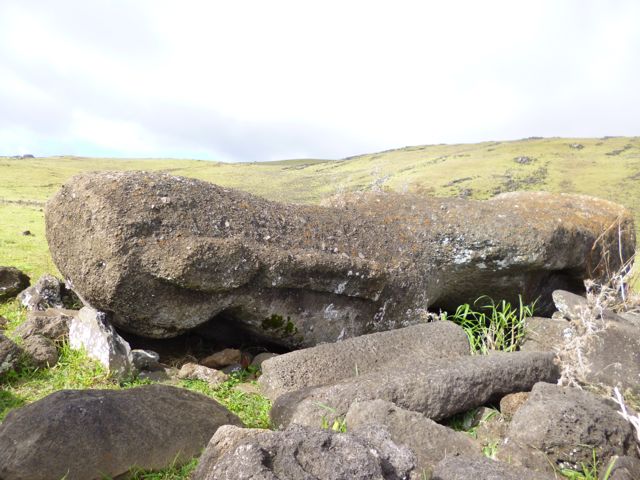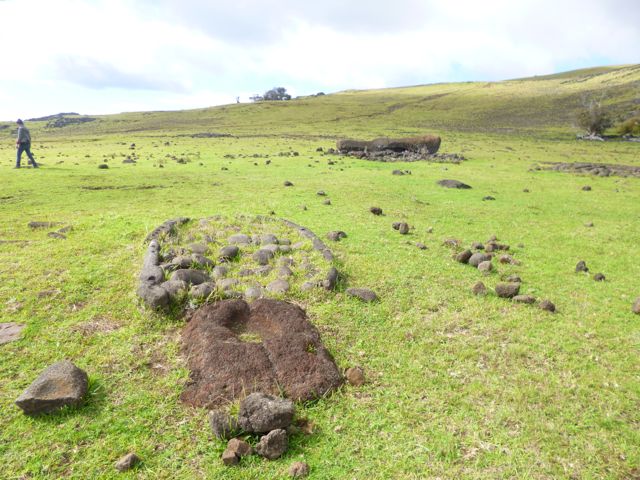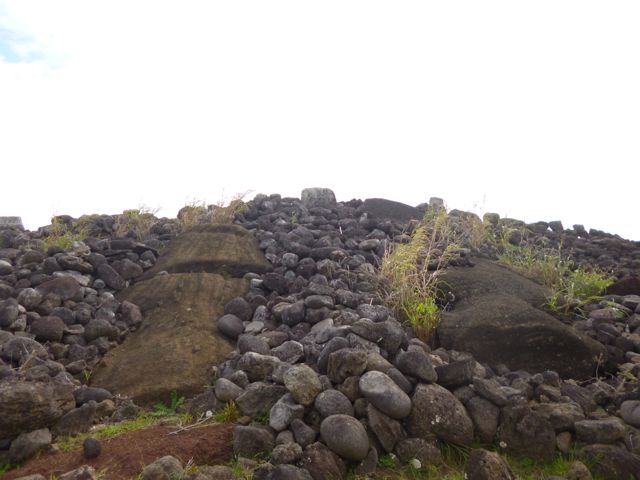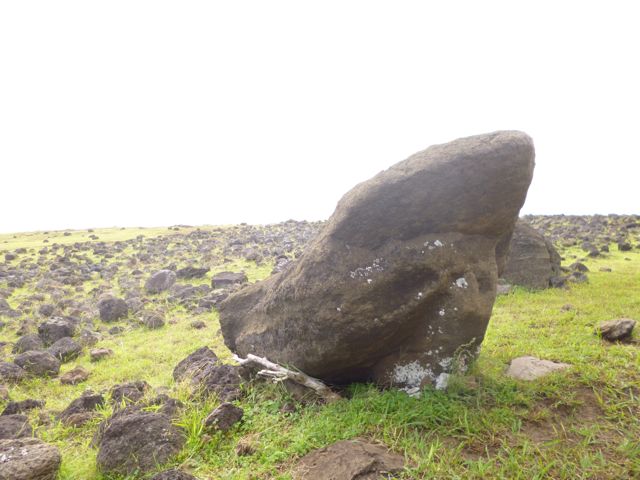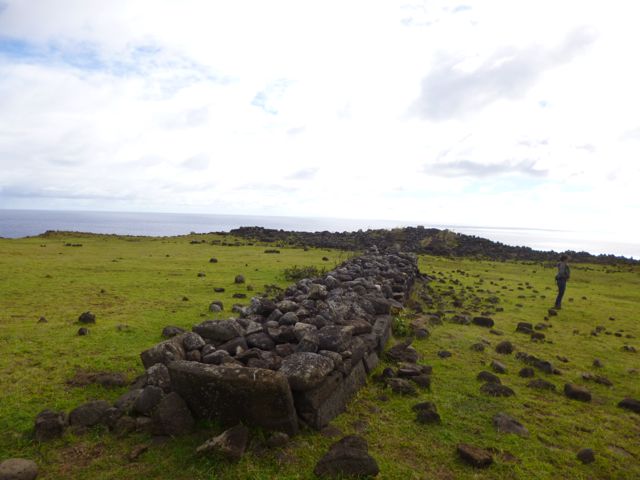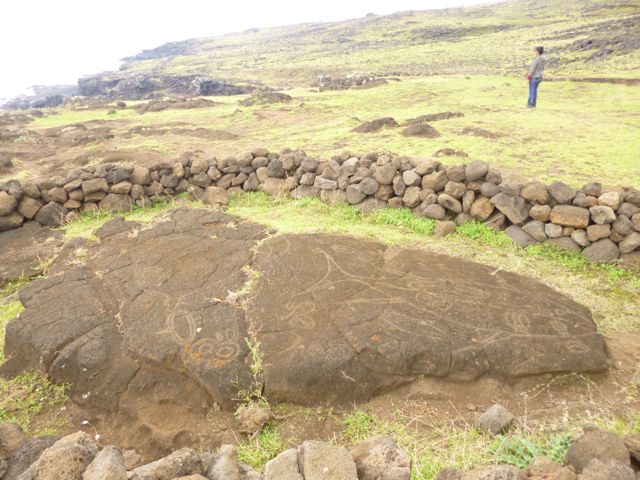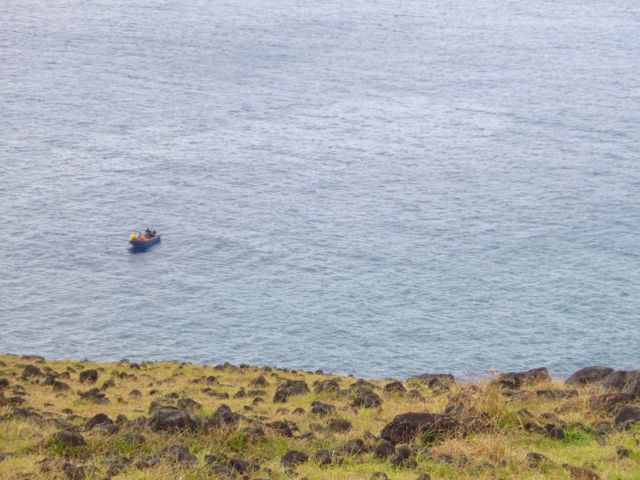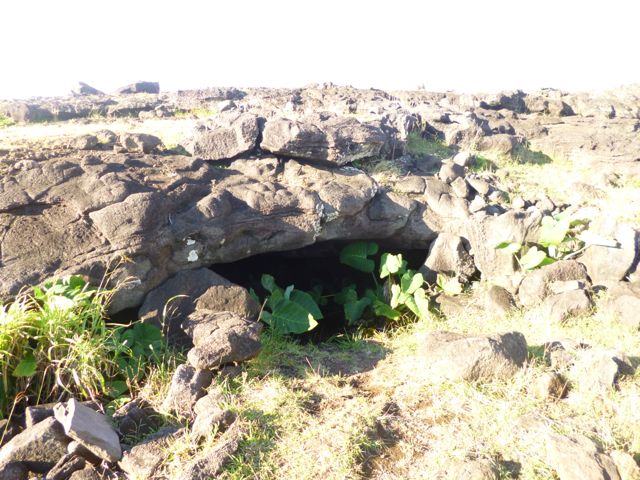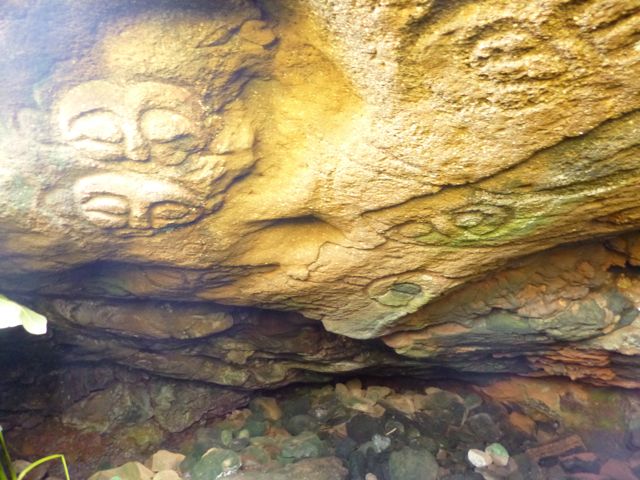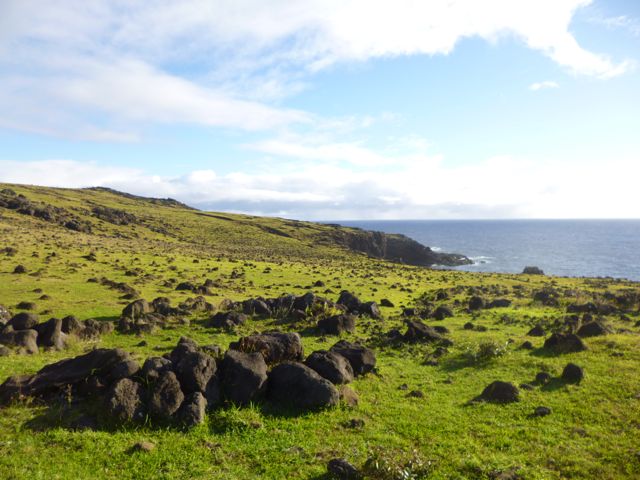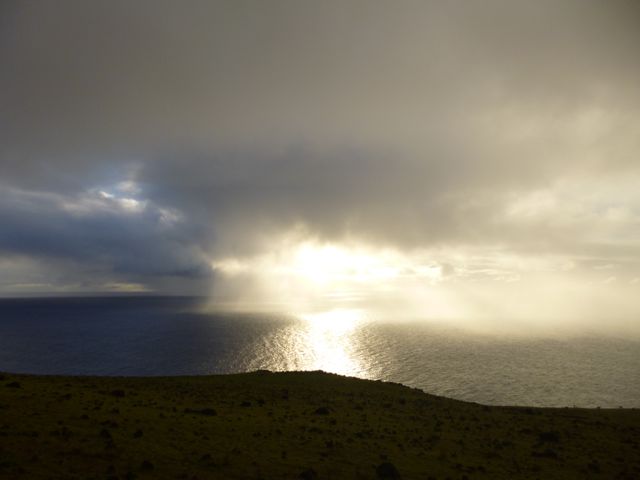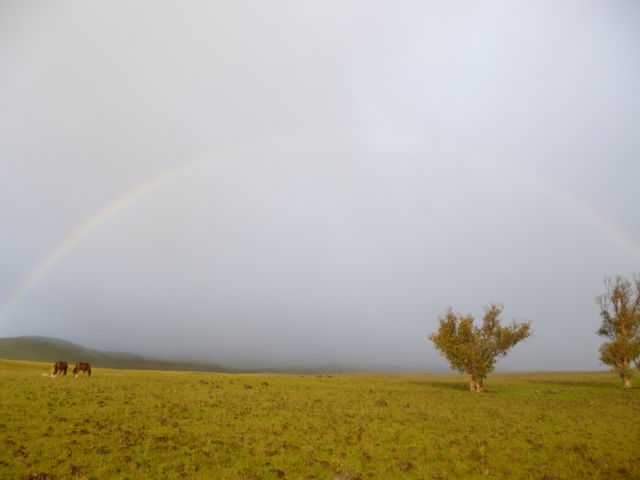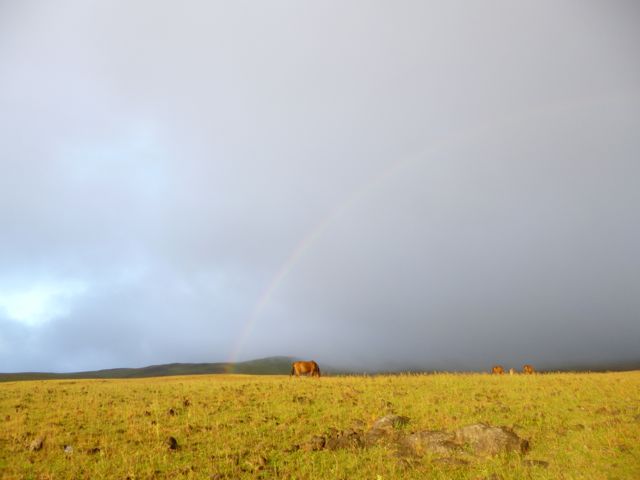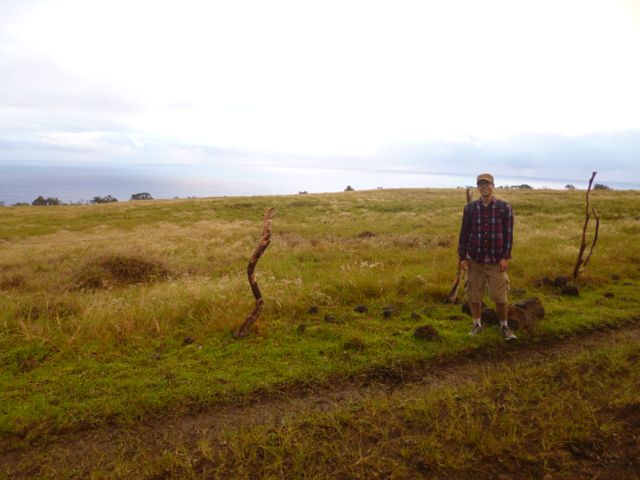I spent the morning at the archaelogical museum, which recounts the history of the island in thorough detail through information boards (in Spanish and fairly decent English) and a few dozen artifacts. The most interesting of these are one of the few moai ever found to display female characteristics:
And an original coral-and-scoria eyeball found at Anakena. Archaeologists have only found a few others, so it’s unclear if all moai had eyes, or just a few, or just at certain times:
Another important typology in island sculpture is the kavi kavi, an emaciated man grinning grotesquely. People hung these in their homes to ward off evil spirits, but it also seems to make a statement about the prevalence of starvation and malnutrition late in the island’s history:
Replicas of tablets displaying the undeciphered Rongo Rongo language. There are only 28 in existence, all in museums off the island. The tablets are thought to have been developed late in the island’s history, used by high priests during the Birdman period in the island’s history. The characters look like small people and animals, and probably are representational rather than phonetic. The lines are read in a “ox plowing the field” pattern, first left to right, then turned upside down and read right to left. People have been trying to read them for years, but no one has succeeded yet. It remains one of the world’s last undeciphered texts:
Mai, my tour guide, was more or less on time for our noon appointment, and we set out in her four-wheel-drive ATV. We navigated increasingly degraded roads as we headed north toward the coast.
She told me that the archaeologist she works for is none other than Jo Anne van Tilburg, who is currently excavating at Rano Haruku and wrote the book about Katherine Routledge.
When we drove as far as we could, we left the car and opened a gate. From here, the road broke down completely into two mud tracks through fields where cows and horses grazed. Immediately, the views were stupendous, but much better ones were still in store.
And then a moment of horror: At the left side of the path, just a few steps from where we started, was a dog that had been hung from a tree branch with a few feet of barbed wire. Its mouth gaped open in a frozen snarl, and flies buzzed around its ears. There was the stench of decaying flesh. Had a farmer done this because the dog had invaded his chicken house? To try to keep other dogs away? In any case, a terrifying way to begin the trek, and another demonstration of the inhumane (and deadly) conditions dogs face here.
We pressed on, both of us trying to shake off this grisly image. I had to call on all my powers of compartmentalization, and soon enough I did manage to distract myself with the archaeological artifacts on display everywhere and the breathtaking views. Good thing for old fascinations and stunning scenery.
A small overturned moai to the left near a disintegrated ahu:
The landscape was sort of a cross between what I remembered of Scotland and — well, another planet. The grass was bright green, with dark volcanic rocks strewn everywhere, and bleached-white wood fence posts apparently marking grazing boundaries. I’m sure the sight of the dog contributed, but there was a melancholy, forlorn feeling here despite the amazing scenery and ancient remains.
We headed downhill, and my mood brightened. We passed a huge moai fragment, barely recognizable as anything but a boulder except for its flattened base. Why was it here, so far from any apparent ahu? Most likely, it had been dropped and broken in transit from Rano Haraku, and thus defiled, unsuitable for mounting. There are dropped moai like this all over the island.
Mai pointed out smoothed gray stones scattered around that were evidence of houses having been here; this type of stone was used to pave “patios” outside ancient houses.
Soon we came to the sight of Vai Mata, an ancient village on a broad, flat plain, an ideal location for a town. And in fact it had the most extensive village remains I’d yet seen, house foundations everywhere. Here I am standing in a “boat house,” so-called because of its boat-like shape; you can see how narrow and small the houses were:
The round holes in the foundation stones were for inserting wood posts to support a thatched roof:
But the first thing you really notice is a large toppled moai, face down with its head toward the ocean. How did it get so far from the platform, and why was it facing toward the sea? Another unsolvable mystery. Maybe it, too, had been dropped in transit. Or maybe dragged here by the villagers later in the island’s history.
One structure had an unusual shape, scoria with a shallow basin carved out. Was it perhaps used for childbirth (Mai mentioned this a theory)?
There was also a large “bunker” on the site, an underground room that had been built with foundation stones from the houses. So it must have come after the village had descended into disorder, maybe built as a hiding place from invaders. The roof had been partially removed so we could see inside.
Next we visited the ahu, unsurprisingly a sizable one given the extent of the village. Here were two moai face-down, in the usual toppled position, both half-buried in the rubble of the ahu. The topknot of one had disintegrated into red dust (seen in the left foreground below):
Around the back, another Moai body, with its head a few yards away. Mai sat in front of this face for a few seconds, quiet. I didn’t ask what she was thinking.
An unusual feature of this sight was a large funerary pyre perpendicular to the ahu. According to Mai, this was used for burying common people — as opposed to the ahu, which was only for nobles.
We continued on to Hanga (Bay) Omohi, a small cave where people were buried. I didn’t go in, out of respect (and being a bit creeped out), but just outside the entrance I could tell how quiet it was inside. The waves sounded like breath.
At the top of the bay, on a flat rock encircled by stones, is a large petroglyph of a tortoise. Up higher in the same area, also enclosed by stones, are more petroglyphs, as good as those at Kava, showing a large tuna, Make Make faces (he’s the creator god — see the big, mask-like eyes?) and fertility symbols (read: vulvae).
A light rain broke out, as it so often does here, and we ducked up the hill, where there was a large cave with a single Make Make petroglyph inside. Eerily, there were also sheep skulls that must date back to the early 20th century, when the British sheep company ran the island.
When we came out, we saw the only sign of a living human being we’d see on the whole trek: A small fishing boat, carrying a few men. Of course, Mai knew them!
I asked her what it was like, living here, knowing everyone — at least all the other Rapanui people. “Like hell,” she said. “No privacy.” But then she quickly added: “But I think it’s also pretty cool.”
By the time we reached Hanga O’Teo, maybe two-thirds of the way around the north coast, it was 4 p.m. and we decided to turn back toward the car. On the way back, Mai located one of the highlights of the trip: A small cave, with taro plants at the entrance, the ceiling of which was covered in Make Make petroglyphs of every size, stretching to the back of the cave. She said the cave was called Puna Marena.
It rained on us off and on during our hike back.
At a certain point, I got to be soggy enough that I didn’t really care anymore. And then there were sights like these. A raincloud off the coast:
Back to the car, and averting my eyes from the hanged dog, we drove back to town.
Tonight was the only night I didn’t go to Tahai for sunset — partly because it was still drizzling, but mostly because I was exhausted after hiking for six hours. My eyes were shutting by 9 p.m., my head full of dark images of strangled dogs and fallen moai and also what might have been the most beautiful landscape I’ve ever seen.


